August 18 - 24, 2013: Issue 124
Honeyeaters Paradise - Birdsong Is A Lovesong at this Time Of Year
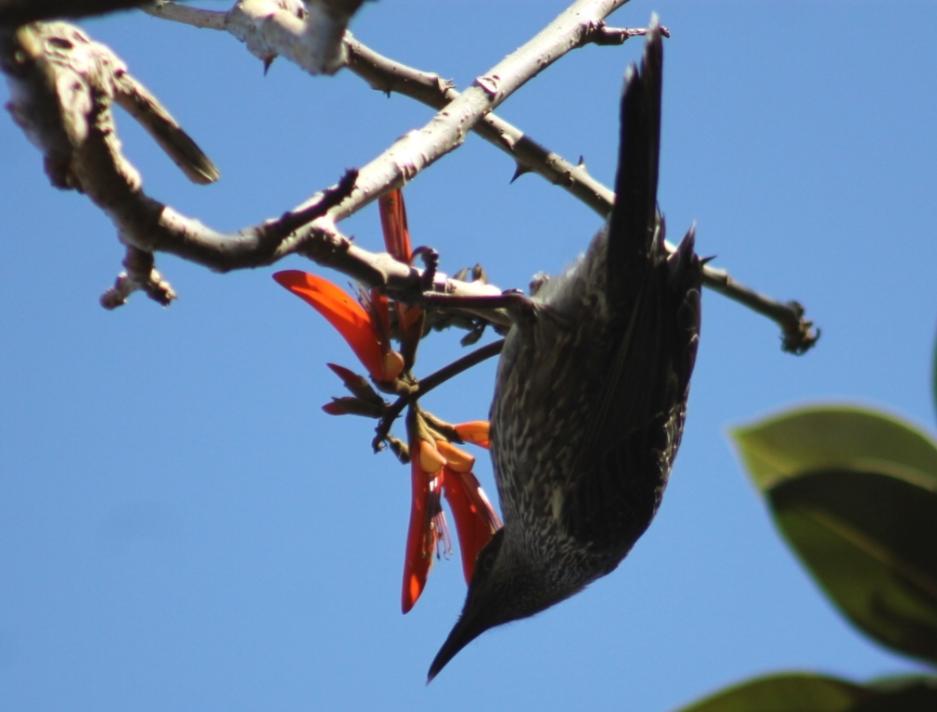
Wattlebird Feasting on nectar at Barrenjoey, (17.8.2013). Phicture by A J Guesdon, 2013
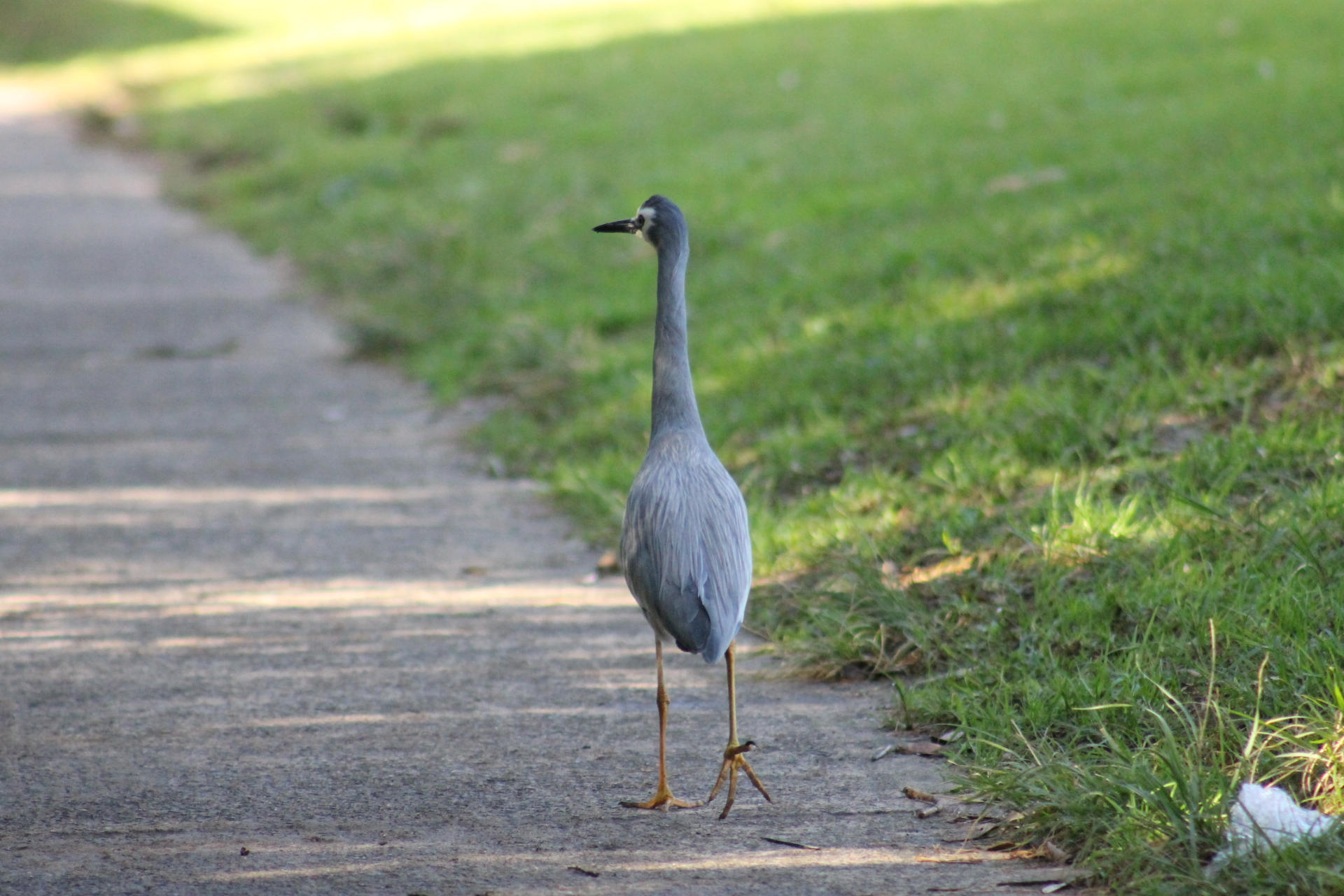 Over the past few weeks the bush, native trees and waterways have been becoming more and more tuneful with the sounds of resident, returning or visiting birds finding feasts and their songs of courtship.
Over the past few weeks the bush, native trees and waterways have been becoming more and more tuneful with the sounds of resident, returning or visiting birds finding feasts and their songs of courtship.
Everywhere there are birds bringing large fish to re-romance ‘wives’ or mates, including a bit of wattle blossom amongst the twigs and leaves being gathered and woven into this year’s nests, or sitting up high in branches calling to their lifelong companions.
You hear a lot of birds before you see them, in fact, standing and listening for their songs is what most birders will do in thick scrub. Just remember, nine times out of ten; you hear them before you see them. You may also find that all these caroling birds are not that perturbed by those humans who stand watching them at this time of the year. In fact, some are quite brazen in coming closer to peer back at you too.
In listening for them you may be accustomed to what each ‘song’ seems to be saying; whether they are ‘calling’ to a mate who may be near (softer coos) or further across the way (a longer more piercing call), whether they are calling to young chicks, singing the songs of romance to one near or to call another in to begin a romance.
A few studies have begun pointing to how each and every bird has its own ‘song’, not just within species but in each single bird itself, that makes them identifiable to those in their family and the species. Individuality, despite a sharing of feather colours, is marked.
Just in the last week and a half a Little Wattle bird’s loud song to his mate a mere foot away on a banksias was heard on Barrenjoey Headland.
The Australasian Figbird shown here, and heard before being seen at Careel Creek, was clearly calling for his female companion.
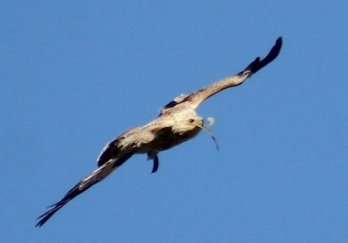 The Brown Falcon pictured here, residents overlooking Palm Beach Ferry wharf for a few generations by now, could be seen with a twig and bit of flower in, gathering materials to refurbish this year’s nest.
The Brown Falcon pictured here, residents overlooking Palm Beach Ferry wharf for a few generations by now, could be seen with a twig and bit of flower in, gathering materials to refurbish this year’s nest.
If you know where they are after then, and which verges of light they rise in at dawn to go hunting if raptors, which trees they will frequent, year in year out, if native fruit and seed lovers, you can chart your seasons by our residents and visiting birds in wetland, dunes, scrub, and tree canopy.
What they have been singing in the last few weeks is that the season of love is commencing and for those with ears that hear, who can then turn their eyes to see, a glimpse into the world of birds that annually sings itself in renewing, has begun yet again.
Australasian Figbird Sphecotheres vieilloti (male)
The male Australasian Figbird is olive green with black crown and grey neck and throat. He has bare, red skin around the eye. The underside of tail is white. The female is brown-green above and dull-white below, streaked with brown. She has grey skin around the eye and does not have black head markings. Males north of Proserpine in Queensland have a yellow front. Breeding season is September to January.
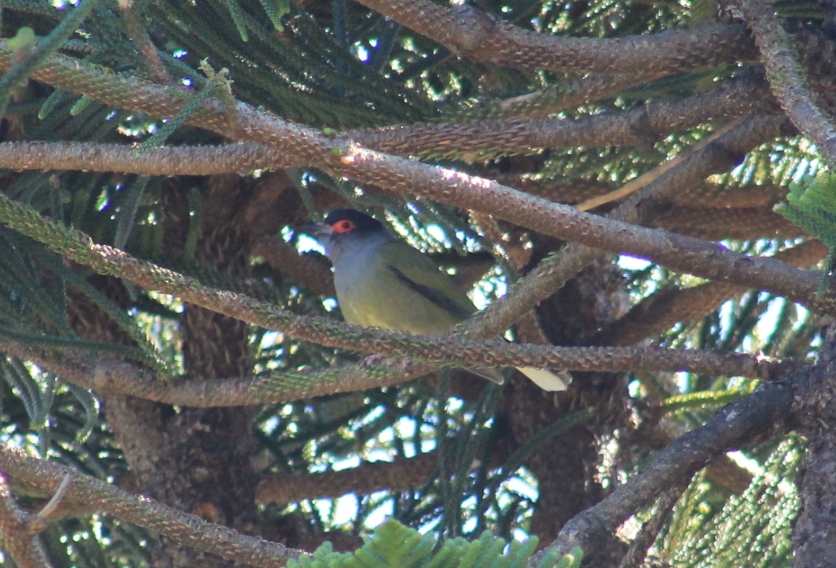
Little Wattle Bird Anthochaera chrysoptera
The Little Wattlebird is a medium to large honeyeater, but is the smallest of the wattlebirds. It is mostly dark grey-brown above, with faint white shafts on each of the feathers. The underparts are grey and are heavily streaked with white. The streaks are finer around the throat, becoming more blotched on the sides of the belly. In flight, there is a large rufous patch in the wings. The eye is blue-grey. Birds of Western Australia have a red eye and a silver patch on the side of the throat; these are sometimes regarded as a different species. The sexes are similar. Young Little Wattlebirds resemble the adults, but are duller, have less streaking and a have a browner eye. They prefer the drier and often scrubby, habitats, such as banksia heaths, forests, woodlands and urban parks and gardens. A member of the honeyeaters family, Little Wattlebirds feed on nectar, which is obtained using a long, brush-tipped tongue, specially adapted to probing deep into flowers. Other food includes insects, flowers, berries and some seeds. Most feeding is done while perched, but some insects are caught in mid-air. Birds may feed alone or in small to large groups. Their breeding season is from August to December but they can breed year round. - Birds Australia
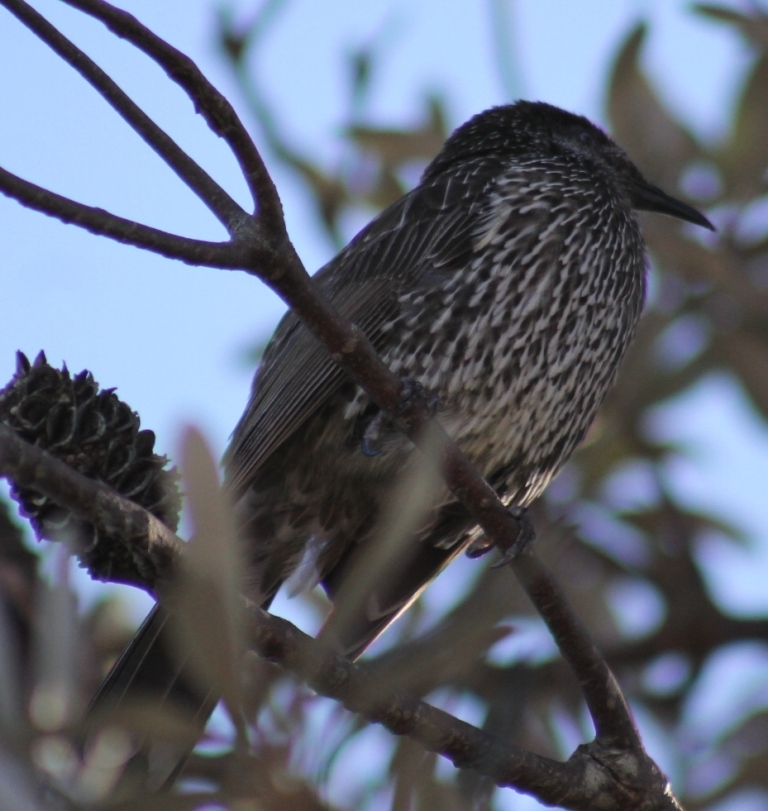
Australian Pied Cormorant Phalacrocorax varius
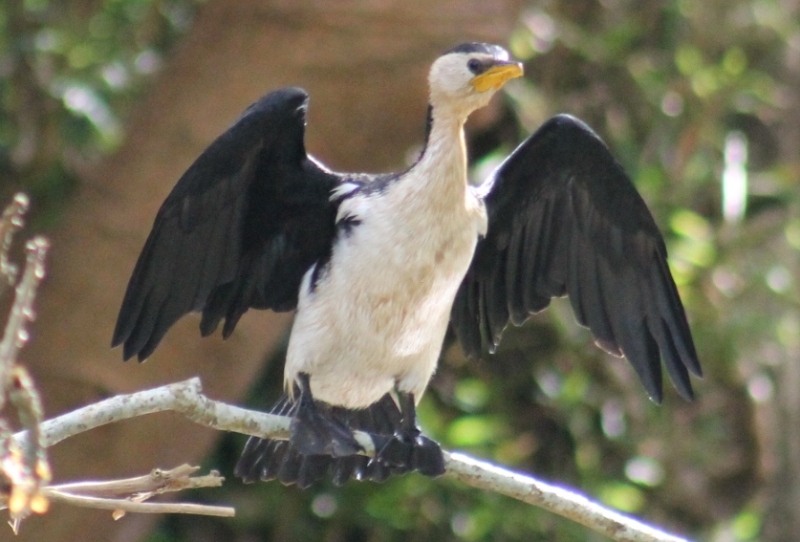
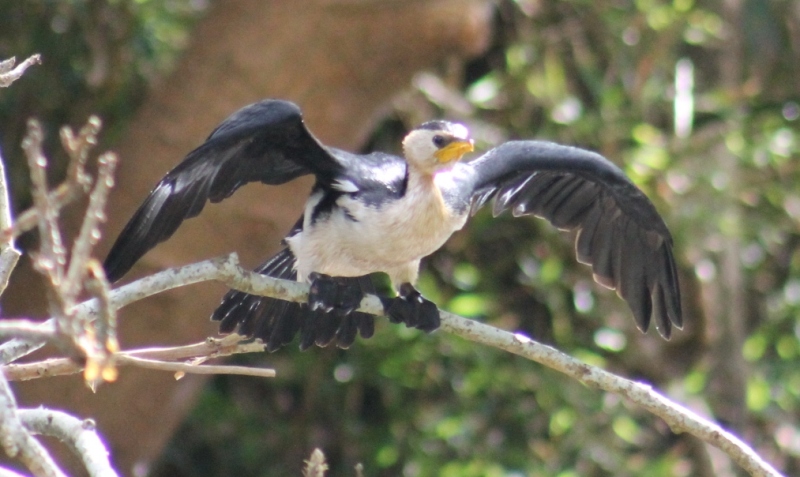
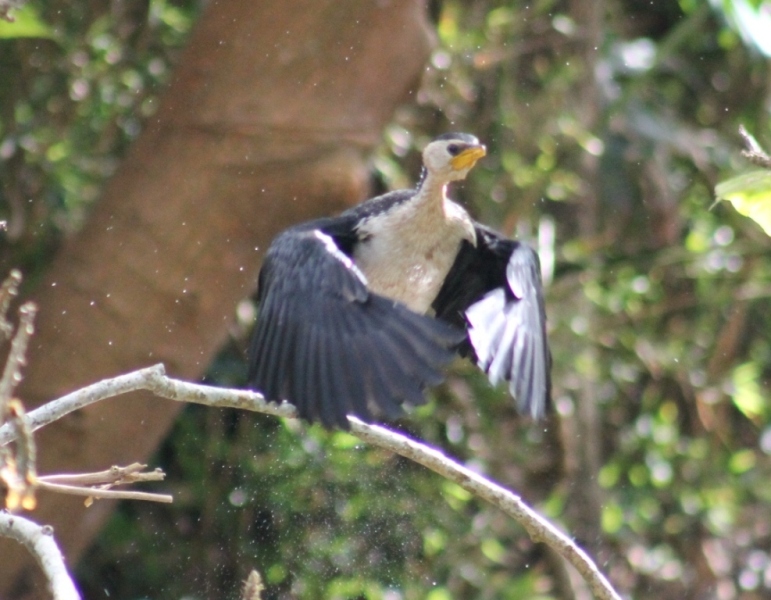
Mangrove or Striated Heron Butorides striata
The Striated Heron is probably the least obtrusive of Australia’s herons. It lives quietly among the mangrove forests, mudflats and oyster-beds of eastern, northern and north-western Australia, where it creeps about in the soft mud among the mangrove roots in search of prey such as fish, crabs and other marine invertebrates. When foraging, these herons usually adopt a hunched posture, with the head and neck drawn back into the bird’s body, while keeping the bill held horizontally, parallel to the surface of the mud.
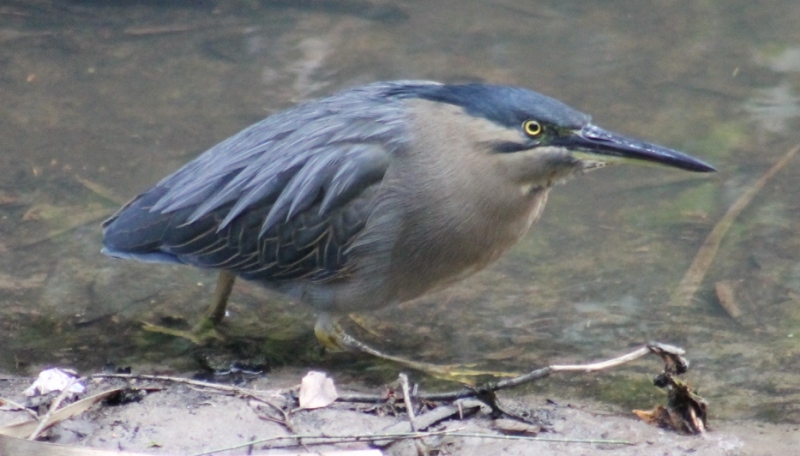
Great Egret – Ardea alba
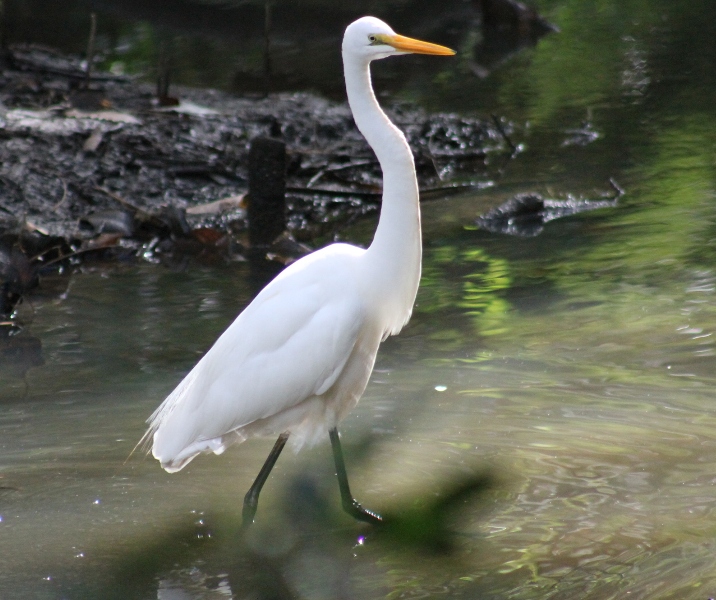

Grey Butcherbird – Cracticus torquatus

White-faced Heron – Egretta novaehollandiae

Australasian Figbird Sphecotheres vieilloti
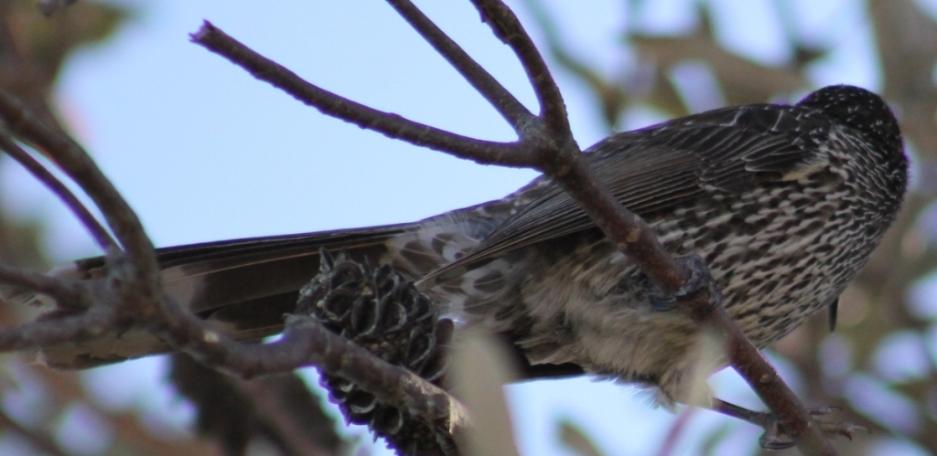
Little Wattle Bird Anthochaera chrysoptera
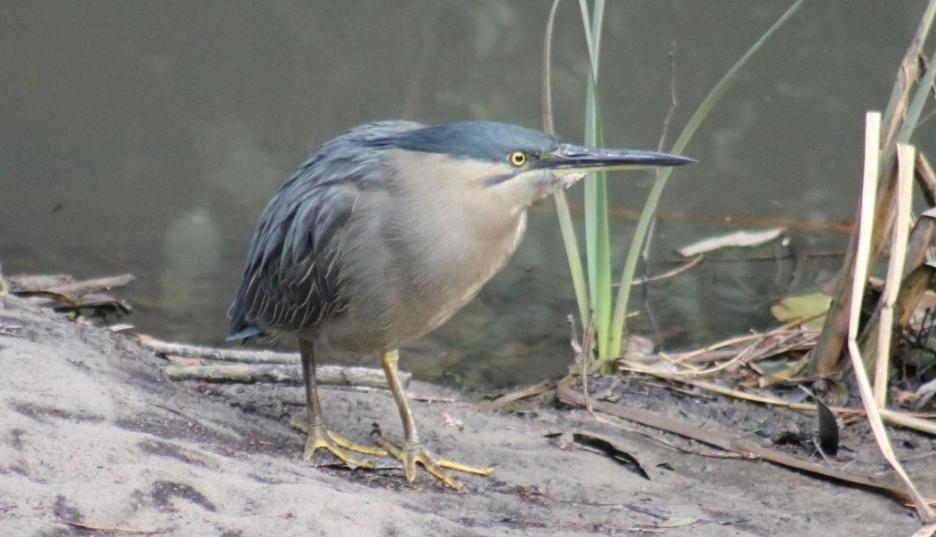
Mangrove or Striated Heron Butorides striata
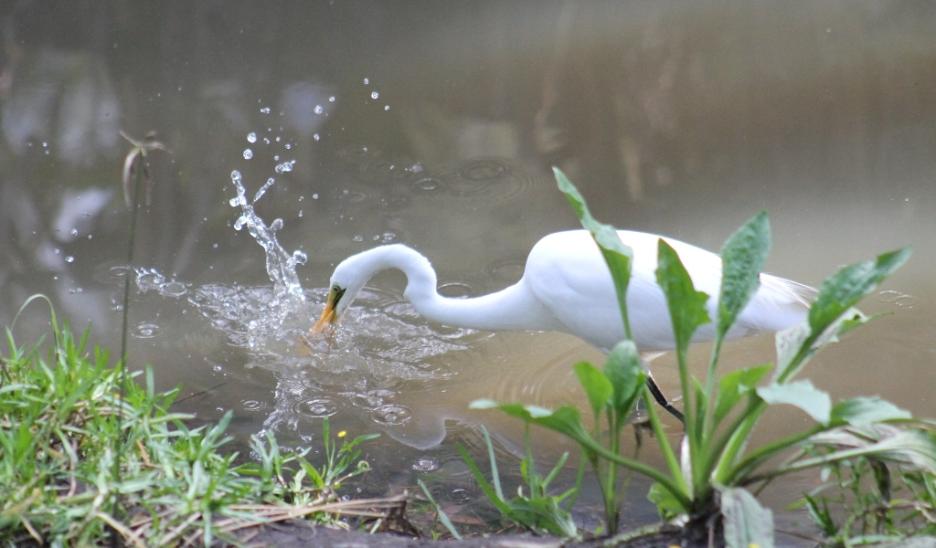
Great Egret – Ardea alba

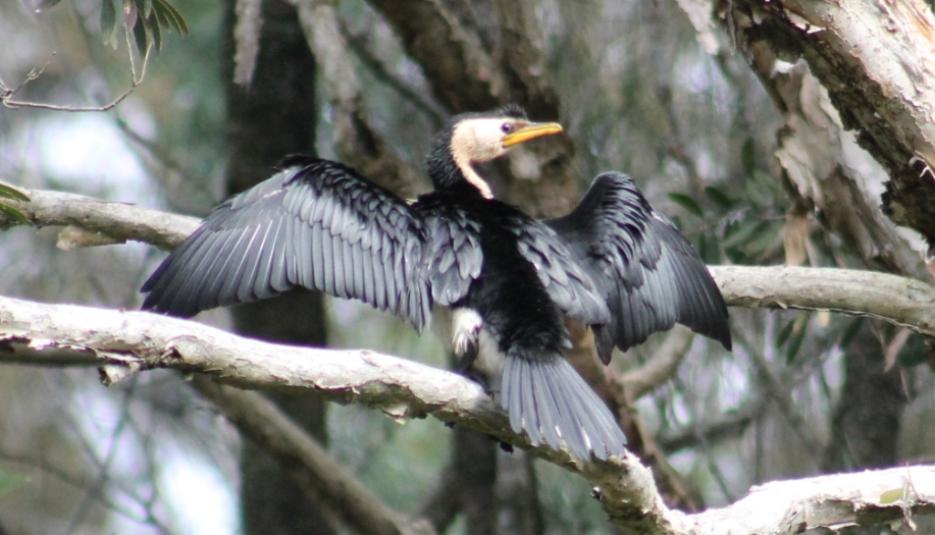
Australian Pied Cormorant Phalacrocorax varius
Photos by A J Guesdon, 2013.